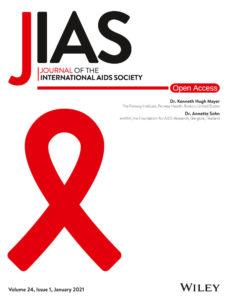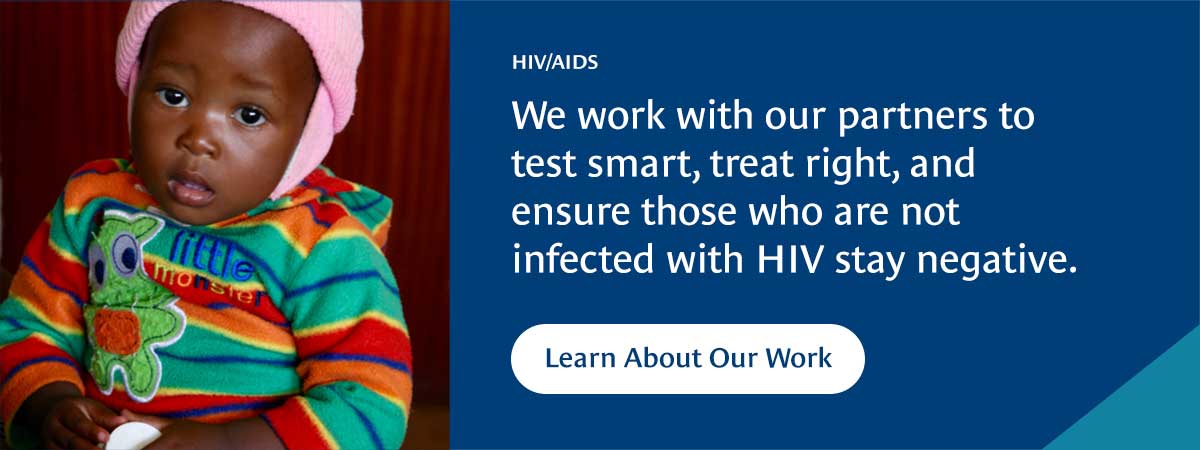A new study published in the Journal of the International AIDS Society highlights a CHAI-led project in seven sub-Saharan African countries to evaluate near-point-of-care (near-POC) tests used to monitor HIV viral load. The test measures the number of HIV copies per milliliter (copies/mL) of blood and is used to determine how well treatment is working.
An increase in viral load above 1,000 copies/ml indicates that the patient is either not adhering to the drug treatment regimen or the regimen has lost its effectiveness; both scenarios require timely intervention to ensure patients remain in good health.
Traditionally, viral load testing requires sending samples to an off-site laboratory equipped to process them. Transporting samples from the clinic to the lab and results from the lab to the clinic can lead to long delays before test results are available and shared with patients. The process can significantly delay clinical actions such as adherence counseling and switching treatment regimens, leading to detrimental health outcomes.
Near-POC technologies allow HIV viral load tests to be conducted within hours of sample collection at the same health facility, getting results to patients sooner.
The study, published this week, documents the CHAI supported rollout and evaluation of near-POC testing across 57 public sector facilities in Cameroon, Democratic Republic of Congo, Kenya, Malawi, Senegal, Tanzania, and Zimbabwe from 2017 to 2019. In this large multi-country assessment, near-POC testing dramatically reduced the time most patients waited for results and enabled faster clinical action to assist patients with high viral load. However, gaps still remained and additional systems strengthening is needed to ensure that all patients received timely clinical follow-up based on test results.
This work was made possible thanks to support from Unitaid.







